
How to Use DS18B20: Examples, Pinouts, and Specs
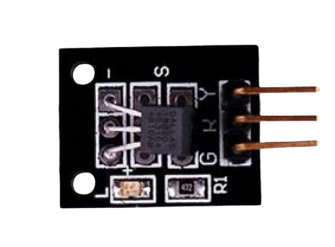
 Design with DS18B20 in Cirkit Designer
Design with DS18B20 in Cirkit DesignerIntroduction
The DS18B20 is a precision digital temperature sensor that offers a convenient way to measure temperature in a wide range of applications. Manufactured by ELEGOO, this sensor is known for its ease of use with microcontrollers such as the Arduino UNO. It uses the 1-Wire protocol, which minimizes the number of pins required for operation, allowing multiple DS18B20 sensors to be connected in parallel on the same data line.
Explore Projects Built with DS18B20
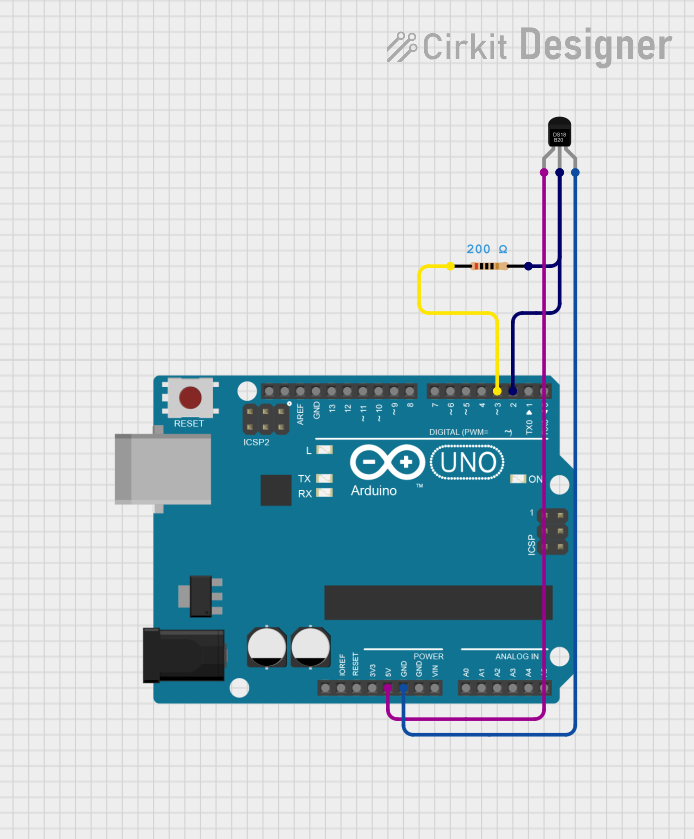
 Open Project in Cirkit Designer
Open Project in Cirkit Designer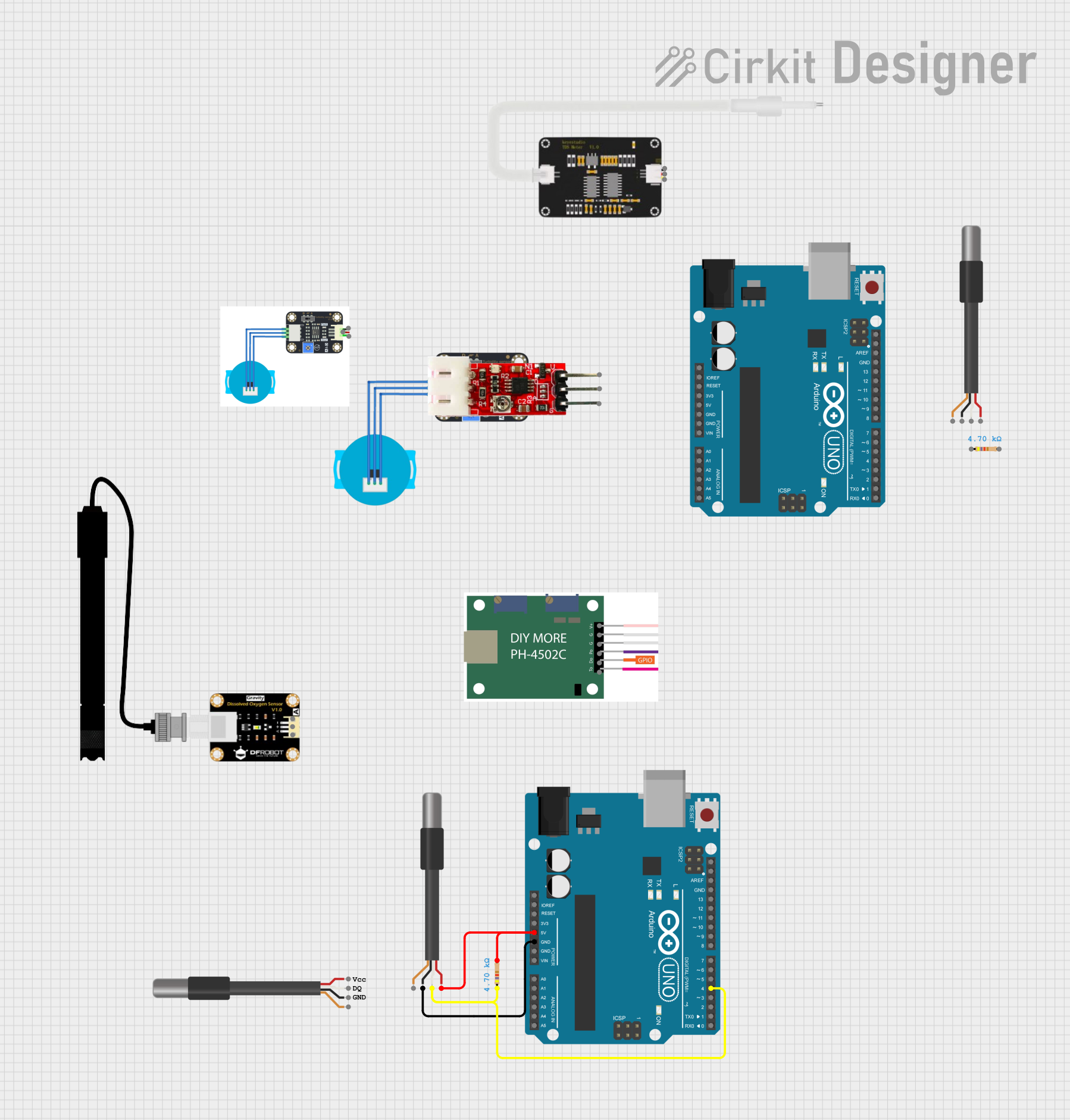
 Open Project in Cirkit Designer
Open Project in Cirkit Designer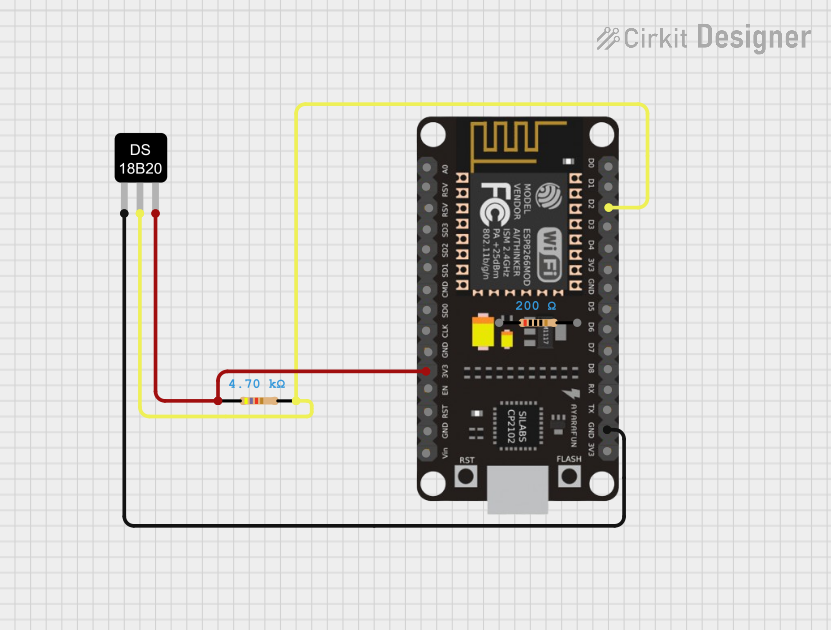
 Open Project in Cirkit Designer
Open Project in Cirkit Designer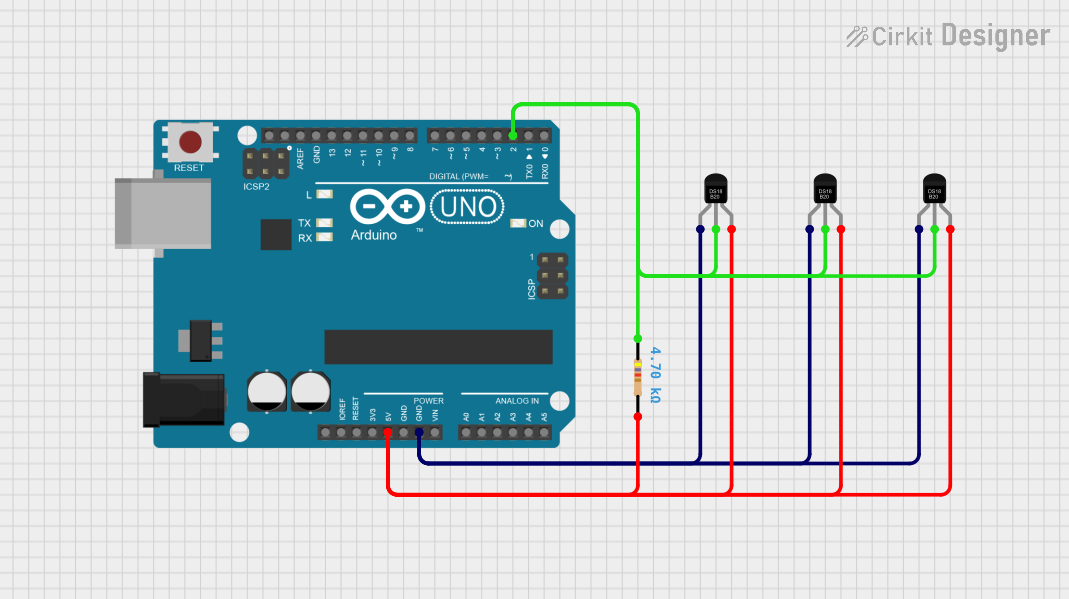
 Open Project in Cirkit Designer
Open Project in Cirkit DesignerExplore Projects Built with DS18B20

 Open Project in Cirkit Designer
Open Project in Cirkit Designer
 Open Project in Cirkit Designer
Open Project in Cirkit Designer
 Open Project in Cirkit Designer
Open Project in Cirkit Designer
 Open Project in Cirkit Designer
Open Project in Cirkit DesignerCommon Applications and Use Cases
- Home temperature monitoring systems
- Industrial temperature control
- HVAC systems
- Refrigeration and freezer temperature monitoring
- Aquarium or terrarium temperature control
- Food temperature monitoring
Technical Specifications
Key Technical Details
- Supply Voltage: 3.0V to 5.5V
- Operating Temperature Range: -55°C to +125°C (-67°F to +257°F)
- Accuracy: ±0.5°C (from -10°C to +85°C)
- Resolution: Selectable from 9 to 12 bits
- Unique 64-bit Serial Code: For multi-sensor networks
- Conversion Time: 750ms at 12-bit resolution
Pin Configuration and Descriptions
| Pin Number | Name | Description |
|---|---|---|
| 1 | GND | Ground pin, connected to the system ground |
| 2 | DQ | Data pin, used for 1-Wire communication |
| 3 | VDD | Power supply pin, 3.0V to 5.5V |
Usage Instructions
How to Use the Component in a Circuit
- Connect the GND pin to the ground of the power supply.
- Connect the VDD pin to a 3.0V to 5.5V power supply.
- Connect the DQ pin to a digital input/output pin on your microcontroller.
- Use a 4.7kΩ pull-up resistor on the DQ line to ensure proper communication.
Important Considerations and Best Practices
- Ensure that the power supply is stable and within the specified voltage range.
- Use the 1-Wire protocol for communication with the microcontroller.
- When using long wires or multiple sensors, consider the effects of parasitic capacitance on the data line.
- Avoid placing the sensor near heat-generating components to prevent false readings.
- For outdoor applications, ensure the sensor is adequately protected from the elements.
Example Code for Arduino UNO
#include <OneWire.h>
#include <DallasTemperature.h>
// Data wire is connected to Arduino digital pin 2
#define ONE_WIRE_BUS 2
// Setup a oneWire instance to communicate with any OneWire device
OneWire oneWire(ONE_WIRE_BUS);
// Pass oneWire reference to DallasTemperature library
DallasTemperature sensors(&oneWire);
void setup() {
Serial.begin(9600);
sensors.begin(); // Start up the library
}
void loop() {
sensors.requestTemperatures(); // Send command to get temperatures
float temperatureC = sensors.getTempCByIndex(0);
Serial.print("Temperature is: ");
Serial.print(temperatureC);
Serial.println("°C");
delay(1000); // Wait 1 second before next reading
}
Troubleshooting and FAQs
Common Issues Users Might Face
- Inaccurate Temperature Readings: Ensure the sensor is not placed near heat sources and that the correct pull-up resistor is used.
- No Data on the Data Line: Check connections and ensure the pull-up resistor is in place. Also, verify that the correct pin is defined in the code.
- Multiple Sensors Interfering: Ensure each sensor has a unique address and that the bus is not overloaded.
Solutions and Tips for Troubleshooting
- Double-check wiring, especially the pull-up resistor on the DQ line.
- Use the
sensors.getAddress()function to verify the unique address of each sensor. - Reduce the length of the data line or use a lower value pull-up resistor if long cables are used.
FAQs
Q: Can the DS18B20 be powered parasitically? A: Yes, the DS18B20 can be powered parasitically by connecting the VDD pin to the DQ line through a pull-up resistor.
Q: How many DS18B20 sensors can be connected on the same data line? A: There is no strict limit, but practical considerations like power supply stability and data line capacitance typically allow for around 10-20 sensors.
Q: How do I read the temperature from multiple sensors? A: Each sensor has a unique address. Use the DallasTemperature library functions to read each sensor by its address.
Q: What is the purpose of the unique 64-bit serial code? A: The unique code allows multiple DS18B20 sensors to be used on the same 1-Wire bus without address conflicts, enabling individual sensor identification and communication.